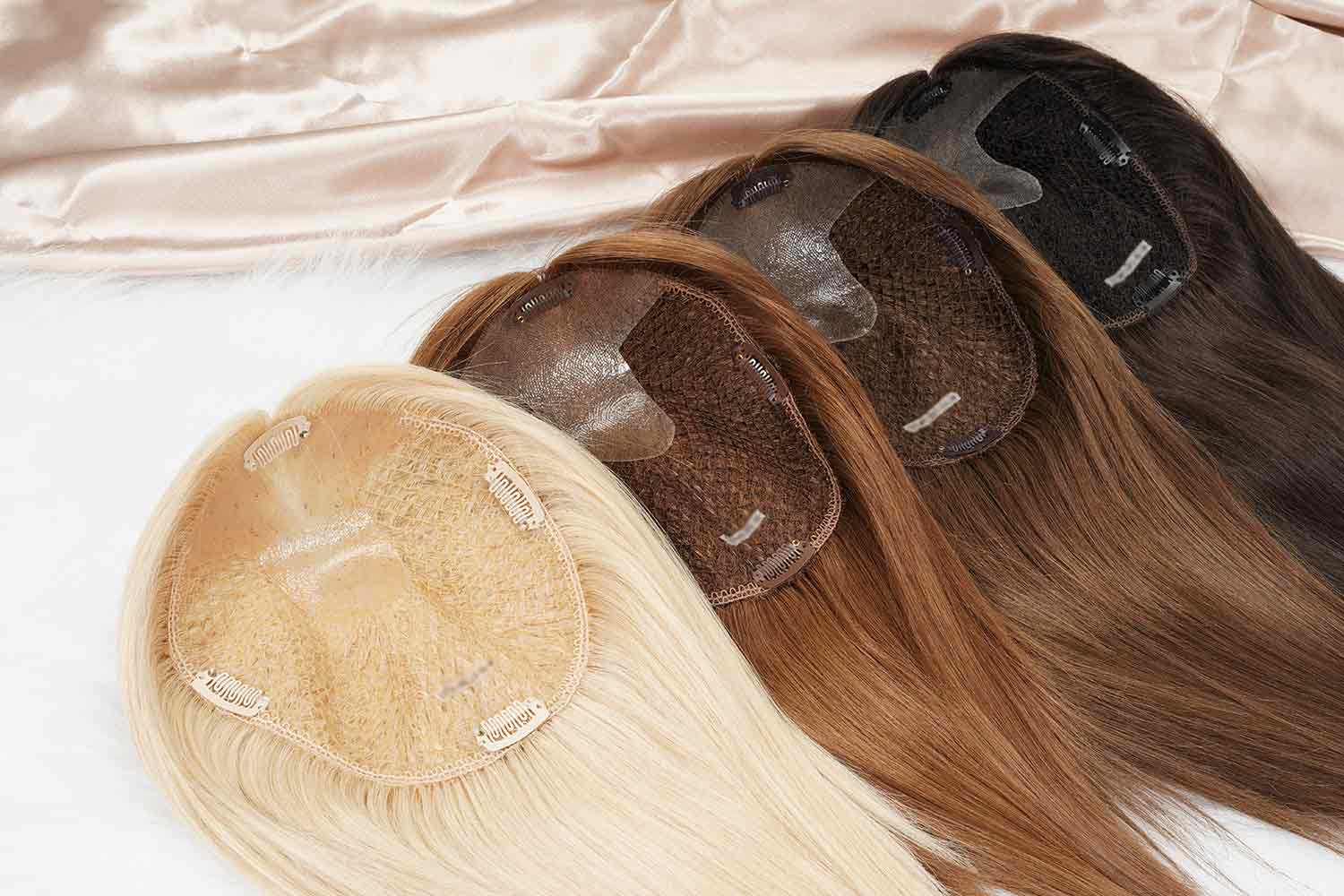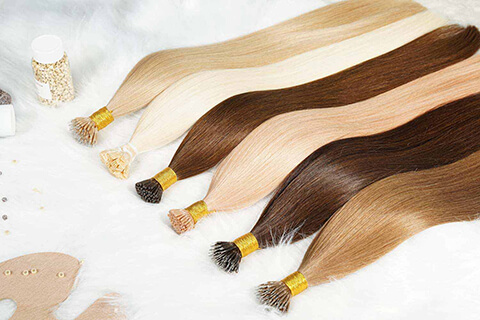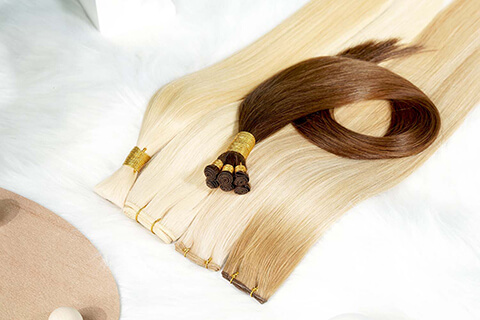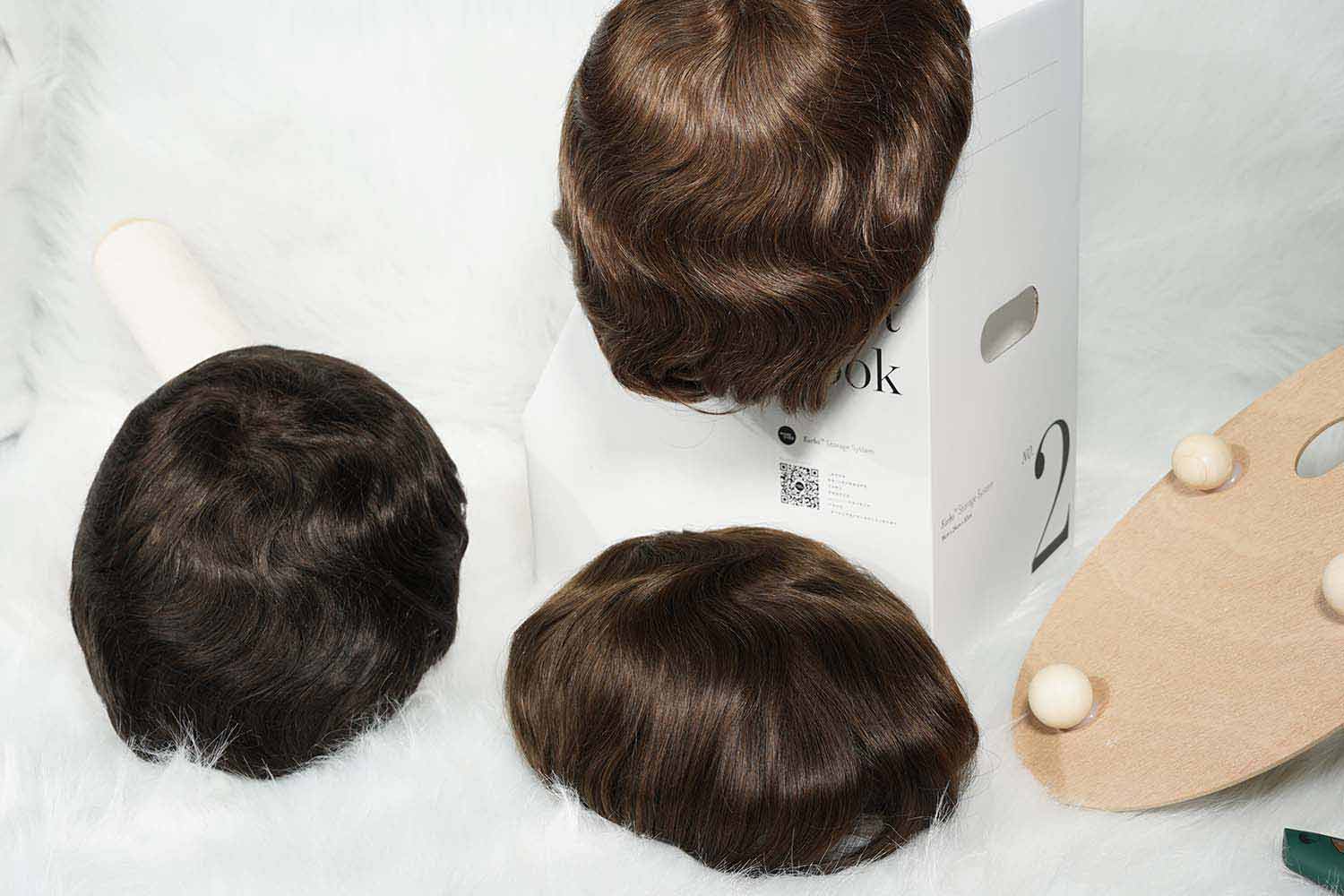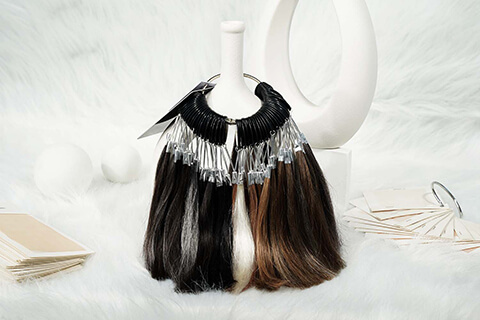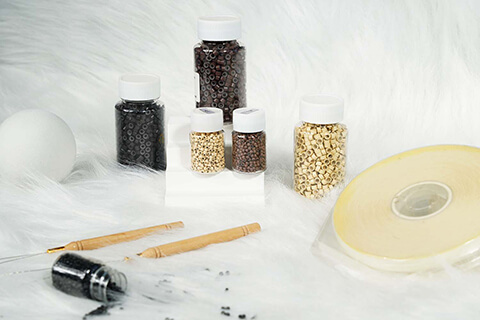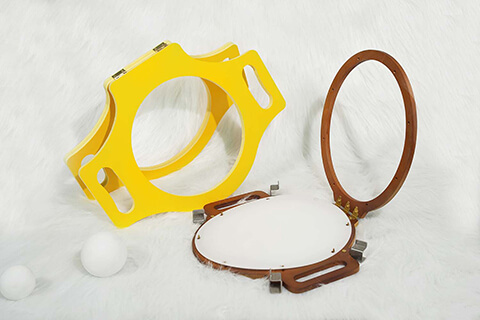Even before the construction of the hair system, the hair type was an extremely important thing. It plays a pivotal role in one’s overall appearance as it is the first thing people will see.
HUMAN HAIR #
Human hair is sourced from healthy-haired people from all over the world. #
-
Indian hair #
It is one of the most common types of hair used by hair systems manufacturers. A lot of women in India donate hair at Hindu temples for religious purposes. Due to the highest supply and accordingly the lowest price.
A hair system made of Indian hair blends well with most hairs. Works well for people who have fine hair. Indian hair is straight with an I- shape or can have a slight wave. It had a very soft and silky look and feel like as European Hair. It has a lustrous shine and bounce. Indian hair is best for dark hair colors such as black and dark brown. It is very durable and high-quality human hair.
-
Chinese hair #
Chinese hair is picking up in popularity due to its quality. It has thick follicles and it is thicker than Indian hair and European Hair. This makes it strong enough to withstand more chemical processing than most hair types.
With its sturdiness, Chinese hair is the perfect hair to process virgin black hair to light colors such as platinum blonde and bright red and will not be affected by the processing. It can also take heat and will do great with heat-styling tools. It is soft yet thick hair making it great for creating coarse textured hair systems.
-
European hair #
This human hair is very high in demand but low in supply. It is primarily sourced from Russia and other European country. It is one of the finest human hair with a shiny appearance and soft textures. Despite the quality, it is hard to come across European hair. This spikes up the cost of European hair.
European hair has a natural virgin brown color, light brown, red and blonde shades. This means less processing is required for clients who get hair systems made from European human hair. One can enjoy bright vibrant colors that are healthy and require less maintenance. All the factors mentioned above account for why this high-grade, high-quality European hair is very expensive.
There are different types of human hair depending on how it is processed. #
-
Remy hair #
Remy hair involves how the hair is collected, cleaned, and rearranged. Remy refers to the quality grade of hair. It is one of the highest grades of human hair. The hair strands are aligned to face in their natural direction which results in being soft, smooth, and resistant to matting.
When hair is collected from the donor, it can be different to distinguish between the ends and roots. By aligning the hair cuticle to face one direction. This reduces friction, reduces hair tangling, hair remains healthy for a long period, and is soft, and manageable.The hair is also able to absorb and retain moisture better which is great for a quality hair system.
Indian, Chinese, and European hair that has its cuticles aligned can be remy hair.
-
Non-remy hair #
Non-remy hair is collected from the ground, leftover hair, and multiple donors. The hair needs to go through an extensive chemical process. The hair is soaked in an acid bath which removes the hair cuticles. It is crucial for all hair cuticles to be removed as the hair will easily be tangle. The intense chemical processing can result in non-remy hair losing a lot of shine. This however can be corrected with the use of silicone to restore and give it a more healthier and shinier look.
-
Virgin hair #
This is basically the raw hair from the donor’s head. Virgin hair is unprocessed hair that has its cuticle layer still intact to the hair structure as the hair has not been exposed to any chemical process such as bleach, perms, or straightening keratin chemicals. Virgin hair is collected from one donor which means the hair comes in the donor’s natural hair color. The minimal chemical processing protects the integrity of the hair making it the highest grade quality hair. Any human hair: Indian, European, and Chinese hair mentioned above can be virgin hair if its cuticles are still intact, comes from one donor, and has not gone through intense chemical processing.
Learn more about Types of Human Hair >
SYNTHETIC HAIR #
Synthetic hair is usually made of different blends of fine plastic filaments made of polyester, acrylic, or polyvinyl to give the synthetic hair system to mimic the appearance of human hair. It is a good material for grey hair.
Characteristics of Synthetic Hair
- Synthetic hair gets very frizzy and can be damaged by friction.
- The hair is less prone to oxidation in comparison to human hair so the colored hair system will last longer as it is more resilient to the damaging effects of UV rays.
- The original style stays preserved even after washing it, therefore, making it limited to styling.
- It does not take moisture well and as it is made of hair cuticles and it does not hold moisture for long.
- You cannot bleach a synthetic hair system hence it is better to get a synthetic toupee in your preferred color.
- It gets heavy and weighs down when wet.











